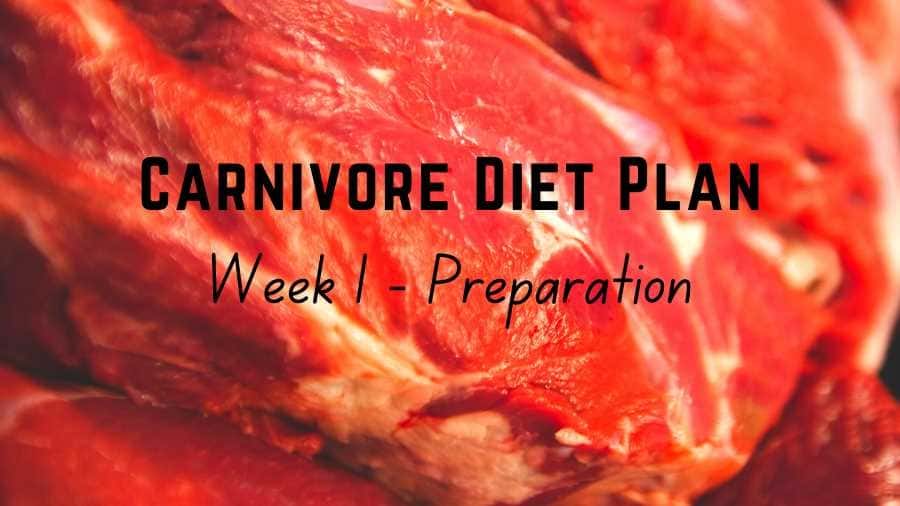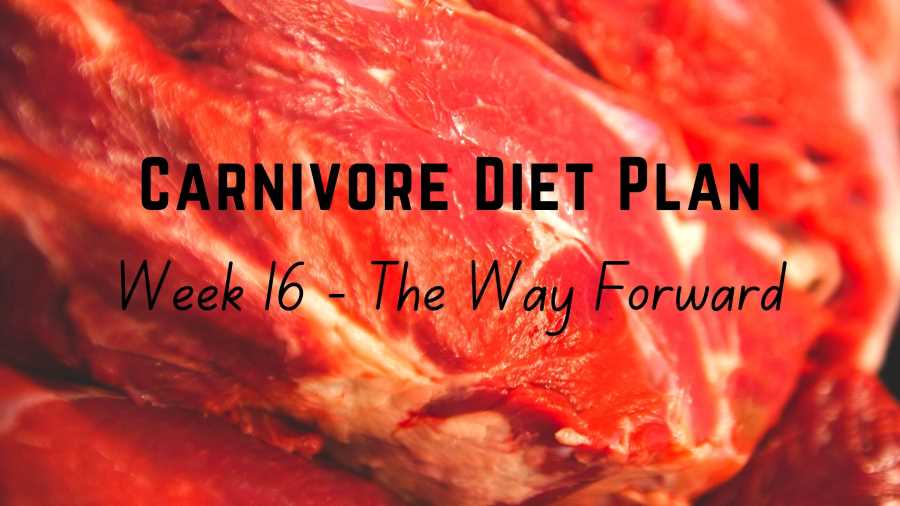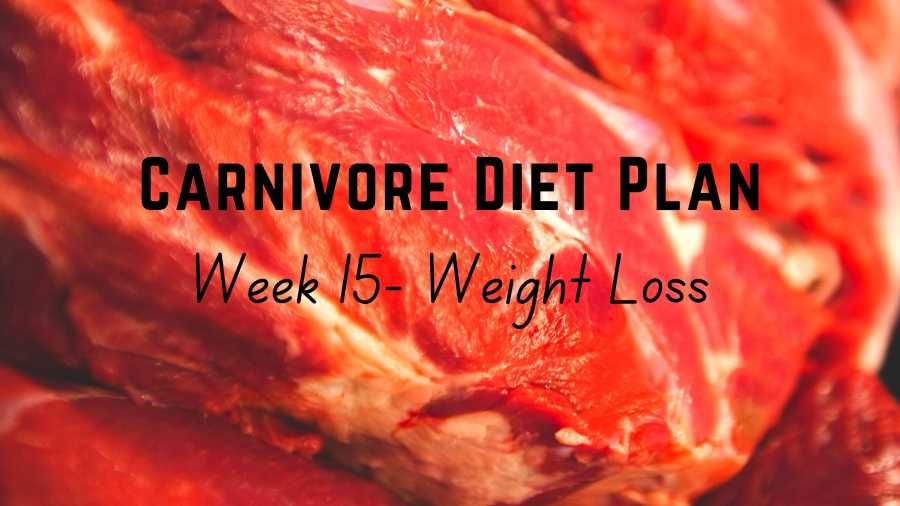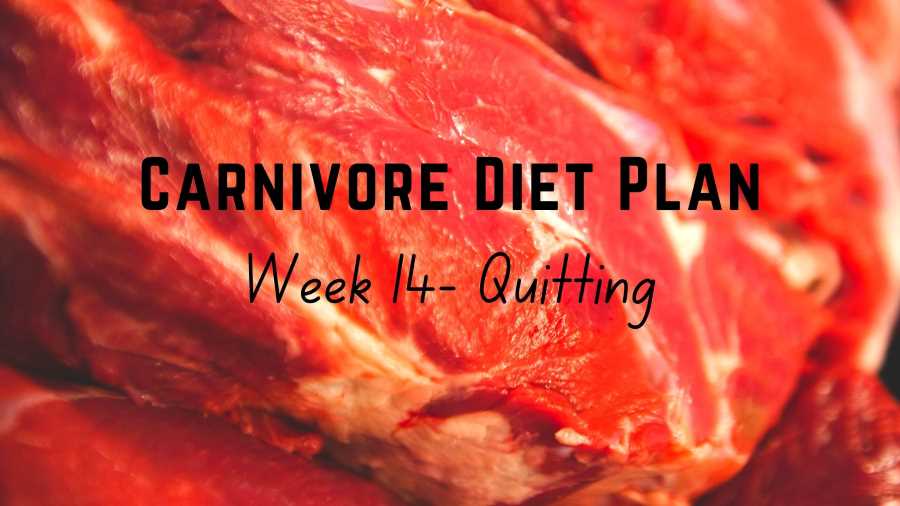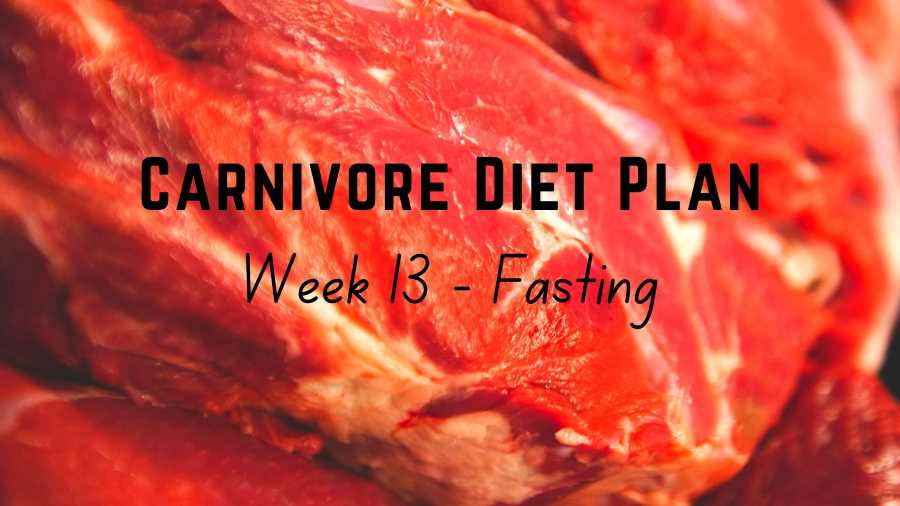In this first post of the series, we’ll explore the essential preparations to make before transitioning to an all animal-sourced diet.
While you could jump straight to Week 2 and dive into those delicious steaks right away 😉 taking the time to prepare can make your carnivore diet journey much smoother and more enjoyable.
1. Set Your Goal
Set a clear goal and decide how long you’d like to commit to this experiment – whether it’s one week, 30 days, three months, six months, or more.
If you’re still unsure about adopting this diet, a gradual approach might be best. You can start by increasing your meat intake while slowly reducing plant-based foods to see how your body responds.
On the other hand, if you’ve done your research, know someone who has benefited from this diet, and believe this approach aligns with your goals, you might choose to go all-in and set a long-term goal.
We believe that two months is an ideal timeframe for establishing a new habit. Research published in the European Journal of Social Psychology in 2010 found that habit formation can take anywhere from 18 to 254 days, with an average of 66 days to reach automaticity for a desired behavior.
If committing to two months feels overwhelming, we recommend starting with a minimum of 30 days. This period allows you to move beyond any short-term side effects and gives your body the chance to adjust and experience the potential benefits of the carnivore diet.
A shorter experiment such as one or two weeks might not provide enough time for your body to adapt. You could still be dealing with the initial side effects by the end of the trial, leaving you unable to fully experience the benefits of the diet.
In addition, if you have existing health issues such as leaky gut syndrome or autoimmune conditions or are currently on the SAD diet, you might experience more severe symptoms for a longer period of time compared to someone who has been eating relatively healthily and has no health issues.
Quitting too soon means you haven’t got to really experience the amazing benefits of this diet and are likely to come to the conclusion that you feel horrible on this diet and this diet is not right for you.
Once you’ve decided the length of your experiment, you can print out a habit tracker (there are 30 days, 50 days, 100 days options available) and use it with this plan. Using a habit tracker can help you keep track of your progress, visualize how far you have to go, stay motivated along the way, and celebrate your milestones.
2. Consult with Your Doctor
Please consult with your doctor before you try out the carnivore diet, especially if you are currently on medications.
Even if your doctor is not supportive of your dietary choices, you still need him or her to check on you to make sure that you are okay throughout this experiment.
The carnivore diet has helped many people to lower their blood pressure, reverse their type 2 diabetes, and improve their mental health.
If you are on medications for those conditions, for example, your doctor is likely to have to de-prescribe you, i.e. reducing or stopping medications gradually as your health improves.
3. Decide When You Are Going to Start
You are likely to experience transitional symptoms like headache, diarrhea, bad breath, night sweat, nausea, fatigue or food craving for a few days to a couple of weeks or longer. Therefore, if possible, start your experiment during a period of lighter schedule.
If you are working office hours, taking a few days off to have a long weekend would definitely help. For example, if you start it on a Friday and take Monday and Tuesday off, you would have four days free to focus on dealing with the adaptation problems.
Starting at the beginning of a long festive holiday period is another option, especially if you’re confident in your ability to resist festive food temptations.
4. Choose Your Elimination Approach
On the carnivore diet, you will need to eliminate all plant-based food. There are two ways to do this which we call the pyramid method and the inverted pyramid method and wrote in detail in this post.
Under the pyramid method, you start with where you are now, i.e. at the base of the pyramid, and gradually eliminate plant-based foods and other potentially troublesome animal-based foods over time.
Under the inverted pyramid method, you start at the apex of the pyramid with just one food group that you feel the safest (e.g. beef and other ruminant meat) and gradually add more food groups back over time and see if your body is okay with them.
If you just want to improve general health, the pyramid method is probably more suitable because it is more gentle on your body as it allows your body time to detox and adjust to the new diet. Adaptation problems, therefore, are less likely to be severe.
If you would like to fix a specific health issue and suspect food to be the cause, the inverted pyramid method is probably better because it is simpler to implement and quicker to pinpoint problematic food compared to the pyramid method.
As mentioned in the overview post, the focus of this series is to help people who have some underlying health issues or want to lose weight. Therefore, we will focus on the inverted pyramid method which is better suited for such goals.
5. Clear Out Your Fridge and Pantry
Once you’ve decided on the time you are going to start the carnivore diet, you will need to clear your fridge and pantry of all plant-based food and processed food and only keep unprocessed animal-based food, i.e. keeping only beef, other ruminant meat, and their organ meats if you happen to have any.
You can choose to discard these foods, store them out of sight, or give them away.
However, if you live with a partner or family members who won’t be joining you in this experiment, you’ll need to keep those foods accessible. In that case, it’s important to mentally prepare yourself to handle potential cravings for non-carnivore foods.
5. Stock Up on Meat and Organ Meats
Next week when you officially begin the carnivore diet, you will be starting out with just ruminant meat and liver so find a good supplier and buy enough to last you a few days to a week.
For now, just get any fatty cuts of ruminant meat like beef, lamb, bison, buffalo, roo, goat, etc. that you enjoy and can afford. Don’t worry about grass-fed or grain-fed meat right now, you will test that out later. If you are on a budget, get any cheap cut of ruminant meat. Budget ground beef is perfectly fine too.
In addition, get about 400 grams of beef liver, lamb liver or other ruminant liver which will last you approximately one week.
If you have never cooked before, no problem, cooking on the carnivore diet is super simple and probably the last thing you have to worry about.
This initial menu might seem too restrictive and you wonder why you can’t have pork, chicken, eggs, shrimp, cheese, sausages, bacon, etc. for variety in addition to ruminant meat and liver.
The answer is ruminant, especially beef, seems to be the safest meat for many people while some people may have issues with pork, eggs, chicken, shrimp, and cheese. Therefore, it’s best to start out with the safest and best quality meat available before testing out other meats.
If you start out with a broad variety of animal source food right at the beginning, there is a chance that you might be sensitive to one of those foods and, if your health problem can’t be resolved completely, you will have to go through this elimination process all over again later on.
6. Plan Your Carnivore Meals Outside Your Home
You’ll have full control over what you eat at home, but it’s important to plan ahead for meals at work, business functions, social events, and while traveling.
This shouldn’t be a major issue, as you can always pack a carnivore-friendly meal for lunch, and meat is typically available at these events.
However, if you plan to stick strictly to meat, salt, and water for the first month to test for food intolerance, it’s a bit more challenging. In this case, you’ll need to pack your own meals and avoid eating out or partaking in food at social events.
One simple solution is to have a substantial breakfast daily, such as couple of large fatty steaks or few large meat patties with a small slice of beef liver. This can keep you feeling full until late afternoon or dinnertime.
7. Decide on Supplements
We’re not fans of supplements. We didn’t use any supplements when we started and none of us take any at the moment.
We believe that animal-based foods provide everything our bodies need. Supplementing, in our view, only extends the adaptation process unnecessarily.
For your information, the IMNCI centre which has been using a high-fat animal-based diet to treat many chronic conditions including diabetes, brain cancer, rectal cancer, lung cancer, epilepsy, and Crohn’s disease, recommend taking no supplements. They only give a one-off vitamin D supplement in rare cases.
That said, some people swear by supplements. If you’re in the adaptation phase, you might find it helpful to take electrolytes to replace what you lose, or lipase to assist with fat digestion, but that’s entirely up to you.
8. Decide Whether to Share with Others
You’re going to get questions about your meat-only diet from family, friends, coworkers, and others.
You have a couple of options: you can either be upfront about it or avoid eating with others until you’re more confident in your decision.
If you choose to share, be prepared for some potentially hostile reactions – especially from vegans, vegetarians, or people who are genuinely concerned about your health.
The carnivore diet is much more popular now than when we started around five years ago, and it’s more accepted than before. However, we still think there’s some stigma attached to it. So, it’s worth thinking ahead and preparing for questions or even challenges when you talk about your choice.
9. Record Keeping
Decide if you want to keep detailed records of your journey.
You could start by noting your current health status – things like blood test results, weight, waistline, any existing medical conditions, medications, and how you’re feeling both mentally and physically right now.
If you have a medical check-up before starting, be sure to note your health results and your doctor’s recommendations.
It might also be a good idea to take a few “before” photos of yourself for comparison later on.
Additionally, you could track your food intake, any adverse effects you experience, and any changes in your mental and physical health as you progress through the experiment.
We think keeping detailed records can be really helpful, but ultimately it’s up to you and how much time you have available for it.
10. Contingency Plan
Plan ahead for unexpected situations that could disrupt your experiment, such as falling ill, needing to attend an urgent business trip, hosting an unexpected guest, or having to take care of loved ones.
While these events are unlikely to significantly impact your experiment, anticipating them can help you stay mentally prepared and in control.
If you happen to indulge in some cake, alcohol, or other non-carnivore foods, don’t worry – it’s not a big deal. Simply resume the carnivore experiment the following day as usual.
Links to All Posts in the 16-Week Carnivore Diet Plan
- 16-Week Carnivore Diet Plan: An overview
- Week 1: Preparation
- Week 2: Ruminant and liver
- Week 3: Ruminant and more organ meat
- Week 4: Fat to protein ratio
- Week 5: Sun exposure
- Week 6: Salt experiment
- Week 7: Ancestral movements
- Week 8: Meal frequency and meal timing
- Week 9: Intolerance testing (other animal-based food)
- Week 10: Intolerance testing (fruits)
- Week 11: Intolerance testing (other plant food)
- Week 12: How much to eat
- Week 13: Fasting
- Week 14: Quitting
- Week 15: Weight loss
- Week 16: The Way Forward.
Disclaimer: The information in this post is for reference purposes only and is not intended to constitute or replace professional medical advice. Please consult a qualified medical professional before making any changes to your diet or lifestyle. Please check out our disclaimer for more detail.

